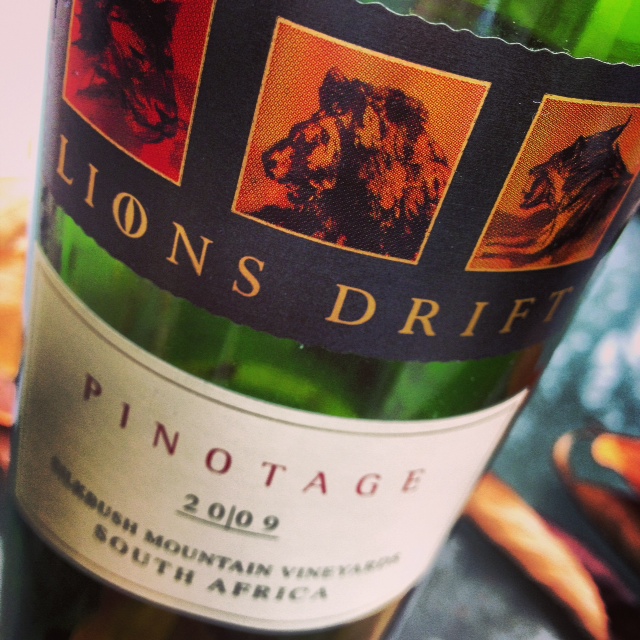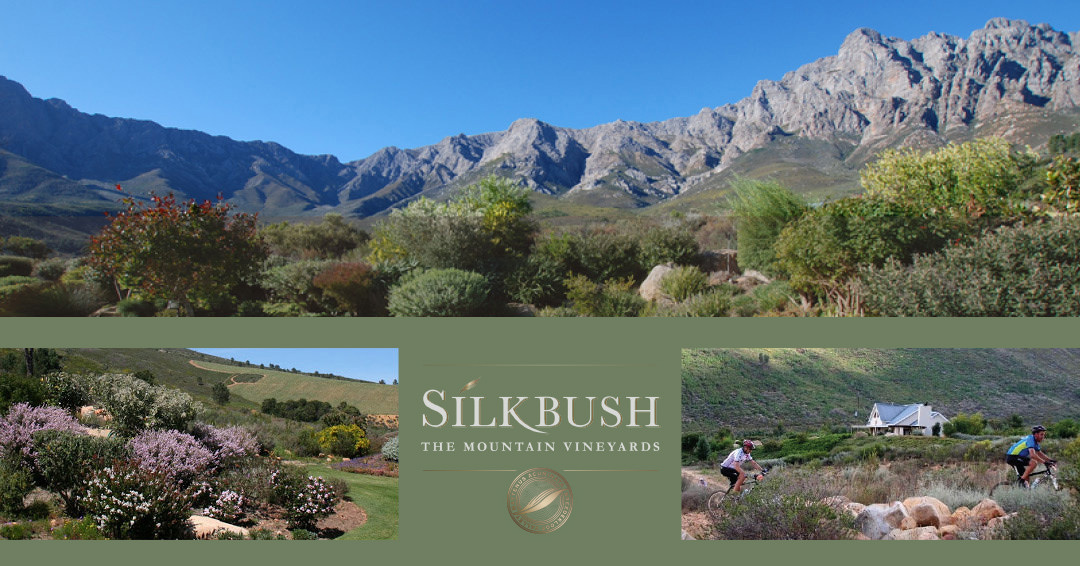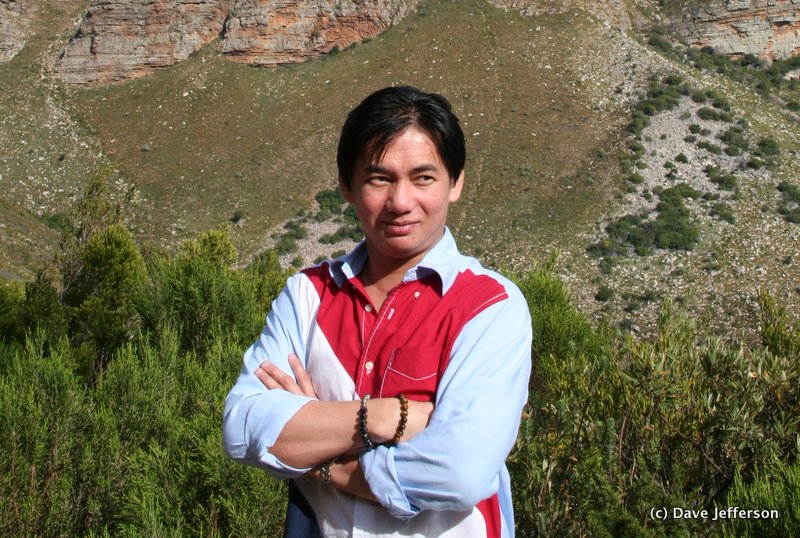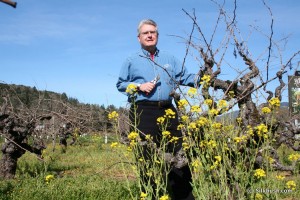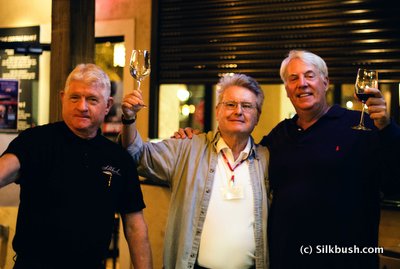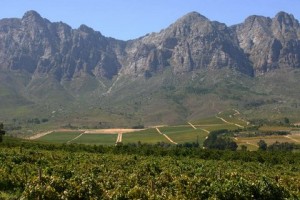
It has been my personal experience over the years that the more wine drinkers learn, the more questions they have. Some wine drinkers have an insatiable appetite for more wine knowledge. Virtually all of us in the wine business learn that in social settings, once the word gets out about what we do, we are inundated with questions for the balance of the day or evening. Wine advertising is chiefly wine education, and the first step in demystifying wine which happens during cellar tours, in store and trade tastings and even in media coverage.
Some wine producers believe the mystery and romance of wine is part of its allure, and if more is explained it will erode higher prices for wine. Some of them enjoy telling a tale that only their small corner of the world grows the best grapes, and that generations of growers and wine makers have a monopoly on the secrets. If this works for a chateau, fine, but many of us believe that more knowledge of wine growing increases the benefits for both wine drinkers and wine producers.
This, of course, is not to denigrate beautiful wineries in glorious settings, and the influence of tasting wines in such surroundings: romance is definitely relevant in the marketing of any luxury good or experience. Mystery, however, is often the product of complexity and the wine business is full of complexity.
Only wine drinkers who want to learn a little more about wine grape growing need to read any further.
Let’s take two different river valleys where we (my partners and I) produce grapes, the Russian River Valley in Sonoma County, CA, and the Breede River Valley in the Western Cape, South Africa.
In Sonoma, the first 10-15 miles from the Pacific Ocean is often so foggy and chilly that most grape varieties will not ripen unless the grapes are grown on a warmer knoll or hillside. The next 10-15 miles (the “Middle Reach”) is some of the best land in the world for growing colder weather varieties, such as Pinot Noir, Chardonnay and Sauvignon Blanc. But by the time you get to and past the town of Healdsburg, and into the Alexander Valley (with the Russian River running through it), perhaps 30 miles from the coast, the fog burns off too early and arrives too late for these cool weather grapes to do well. “A quality” Chardonnay grapes suddenly become C+ quality, but warmer weather grapes, such as Cabernet and Zinfandel just love these conditions. Thirty miles along one river valley makes for huge variations in growing conditions and grape quality.
In South Africa, in the Breede River Valley, which has steep mountains on both sides, we are far inland from the Atlantic Ocean so fog does not appear. However, the mountain sides impact the amount of sunlight on the grapes grown in this valley. We have a large vineyard on the east side of the valley where we have 93% red grapes planted because we get wonderful midday and afternoon sunlight. Perhaps 10 miles to the west, on the other side of the valley, grapes are shaded by other mountains from the sun by early afternoon. Accordingly, these vineyards work very well for white grapes but poorly for red grapes.
Local knowledge of terroir is essential in knowing what to plant and where and for wine drinkers who want to know why the wines grown in particular regions can vary widely, these are major insights. In terms of price, there is a limited amount of plantable land in both river valleys for wine grapes, hillside land is limited still further, which of course, affects prices. Additionally, spacing of vines in rows, and between rows, various types of rootstocks, different clones of the same grape varieties, types of trellising and irrigation systems, soil preparation that may have occurred (or not), frequency of irrigations, and how ground water is measured, and more, are all factors. Grape growing is very complex and I have not even mentioned the importance of harvest conditions or what happens in the winery itself.
Most of the mystery of wine growing is due to complexity and most people aren’t interested in spending the time to learn 1% of this stuff. (“Just give me a glass and I’ll judge for myself.”) There are days I fit into this group and I don’t ponder the mysteries of wine, I just enjoy the wine in my glass.
